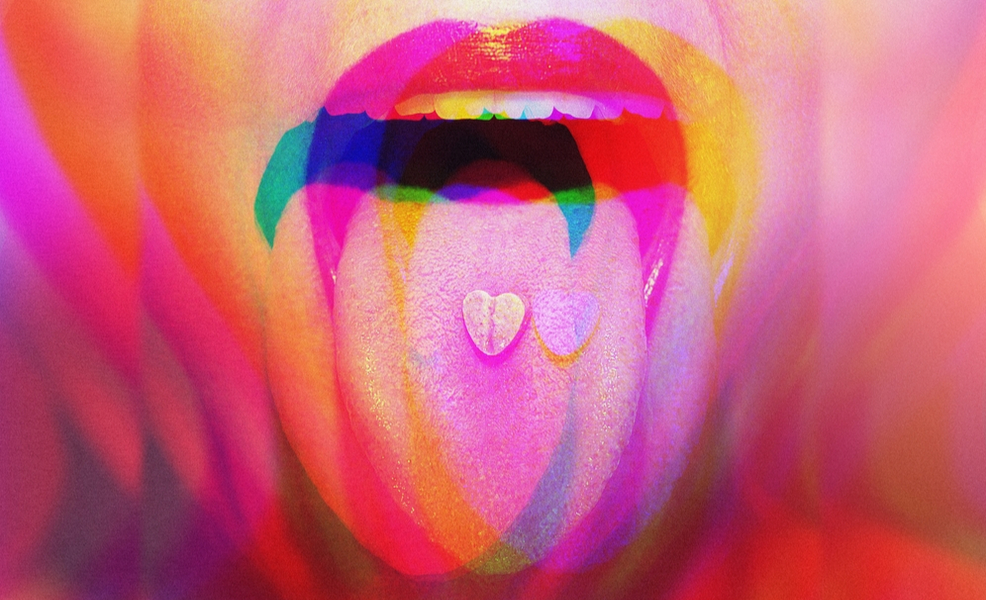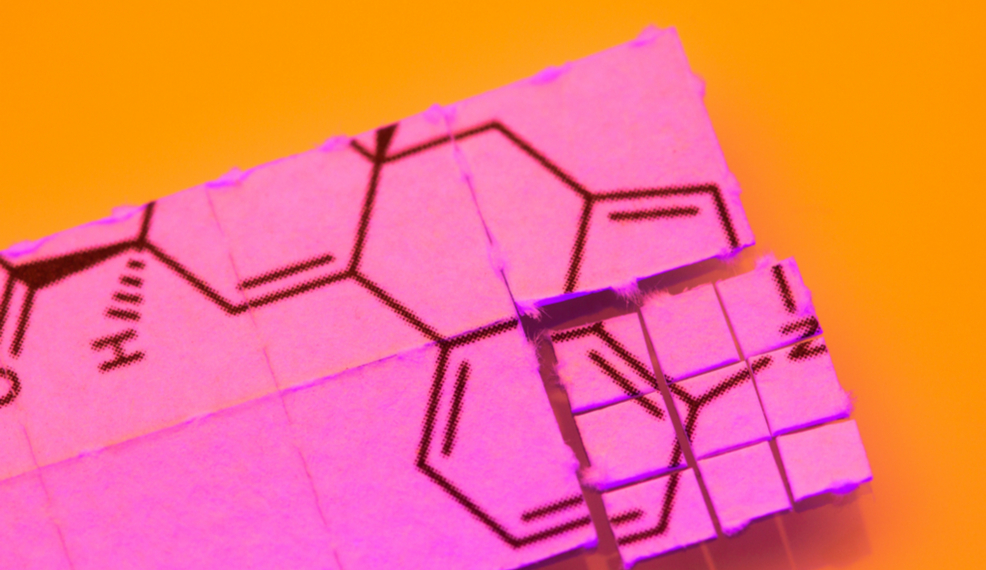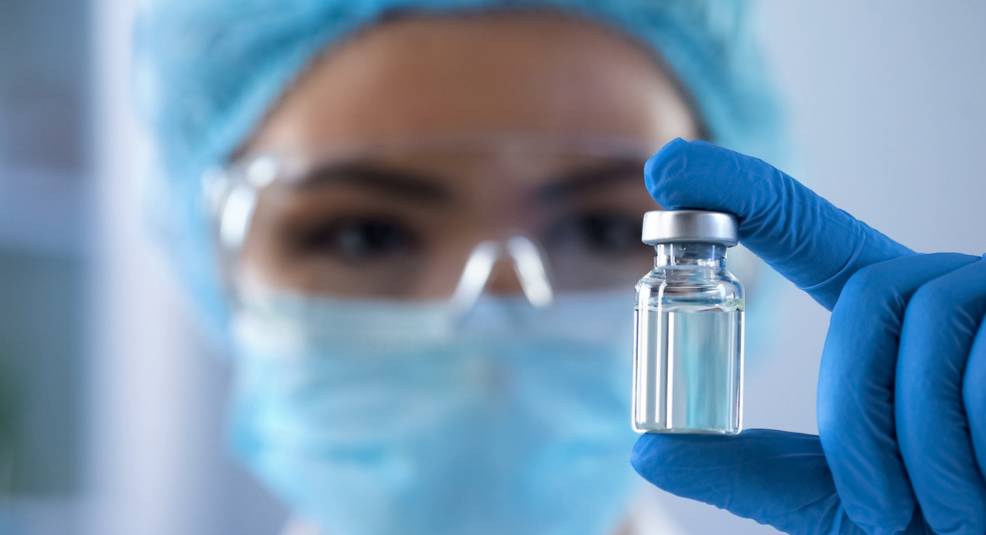History Of Use
Non Natural Entheogens
MDMA
MDMA, which was originally created as a life-saving blood-clotting medicine, was first synthesized in 1912 by Dr. Anton Köllisch for the German pharmaceutical company Merck. However, significant testing was not done until 1927, after chemist Max Oberlin determined that it could mimic adrenaline since the two compounds shared a similar structure. Unfortunately, testing was put on hold due to a rise in price of chemical precursors. MDMA was not revived again until the mid-1970s, when American psychopharmacologist Alexander Shulgin, who discovered nearly 250 psychedelic drugs and was famously known as “the Godfather of Ecstasy,” synthesized MDMA and tested it on himself. Impressed with the experience, Shulgin recommended it to therapists and psychiatrists, including psychotherapist Dr. Leo Zeff, who introduced it to over 4,000 patients. The work of Alexander “Sasha” Shulgin cannot be understated as he was a brilliant organic chemist and truly fearless psychonaut who was able to theorize and synthesize these chemicals (built on the frameworks of tryptamines and phenethylamines) and experiment with them at low doses until a perception shift was achieved.
In the 1980s, MDMA became the popular drug of choice among alternative therapists for treating depression. By the mid-80s, MDMA became commonly marketed and sold on the street as “ecstasy” and was usually cut with other compounds, such as amphetamines and cocaine. This ultimately led to the FDA declaring MDMA as a Schedule I drug in 1985. Fast-forward to the early 2000s when the Multidisciplinary Association for Psychedelic Studies (MAPS) put on the first clinical study using MDMA as a treatment for PTSD. Today, pure crystal MDMA (the only form that can be legally administered) is in Phase III of clinical trials for PTSD, and has been granted breakthrough therapy status by the FDA. Some doctors even predict that MDMA could be prescribed to patients as early as 2022.

LSD
Lysergic acid diethylamide, best known as LSD , is derived from a chemical found in rye ergot fungus. It was discovered in 1938 when Swiss chemist Albert Hofmann created LSD-25, his 25th ergot-based compound, in an attempt to stimulate the respiratory and circulatory systems. LSD’s effects on the central nervous system were unknown until he accidentally tested it on himself in 1943. This discovery led to a deeper understanding of the brain’s neurochemistry and helped therapists effectively treat a wide range of conditions. Unfortunately, research, despite promising results, came to a halt because of LSD’s influence in the counterculture movement, making it illegal in most parts of the world.
Now, more than 50 years after LSD was first banned, it has resurfaced as a potential therapeutic drug and is being studied by highly accredited hospitals and foundations. One of the most notable foundations backing these studies is the Beckley Foundation, which has funded many ground-breaking studies regarding LSD’s effects on the brain. In 2019, Johns Hopkins opened the first research facility dedicated to psychedelic drug studies in the US: Johns Hopkins Center for Psychedelic and Consciousness Research.

ketamine
In 1985, the World Health Organization (WHO) listed ketamine as one of the most essential medicines in the field for the fact that it is a dissociative anesthetic that does not stop one’s breathing, and can be administered intravenously. It has also been used to treat heroin addiction and alcoholism more recently. In the 1990s, Evgeny Krupitsky tested ketamine injections on extreme alcoholics. His results showed that 66% of the participants abstained from alcohol for one year, compared to 24% in the conventional treatment control group. Since then, ketamine has been studied at Yale for heroin addiction and depression, Johns Hopkins has developed an Esketamine nasal spray for depressive disorders, and Imperial College London is researching ketamine and psilocybin benefits comprehensively. With ketamine already being legal and regulated, pharmaceutical companies do not need to pander to scheduled drug red-tape in order to apply for research or study grants. In 2018, the pharmaceutical company Johnson and Johnson applied to the FDA for a patent on a nasal spray of a ketamine-related compound: esketamine. It was later approved in 2019 and distributed by Janssen Pharmaceuticals as Spravato. Today, there are thousands of ketamine clinics opening world-wide, which is what we hope to see in the near future concerning other psychedelic substances with therapeutic values and evolving legislation and public perception.
